JefferZen Engage | Voice Activated Augmented Reality
Challenge:
Pivot off of JefferZen Meditation App to create a non-GUI product targeting Thomas Jefferson student body. Research, ideate upon and build a VR Product that initiates upon Voice Activation.
My Role
Brainstorming, UX Research, Storyboarding, Wireframing, Design, Branding, Concept Creation, Web Design and Development, Pretotyping (as per 'The Right' It book), Prototyping, UX Design, Graphic Design.
Brainstorming:
After working on and creating the JefferZen Meditation application, we took a major pivot in order to come up with a product that did not involve an application interface. During an initial brainstorming session, my colleagues helped me sift through a litany of ideas until I decided to further develop a concept that would bring together Augmented Reality Meditation Product with Voice Activation. The brainstorming session was aided with some tools such as Accelerator Cards & Affinity Diagramming.
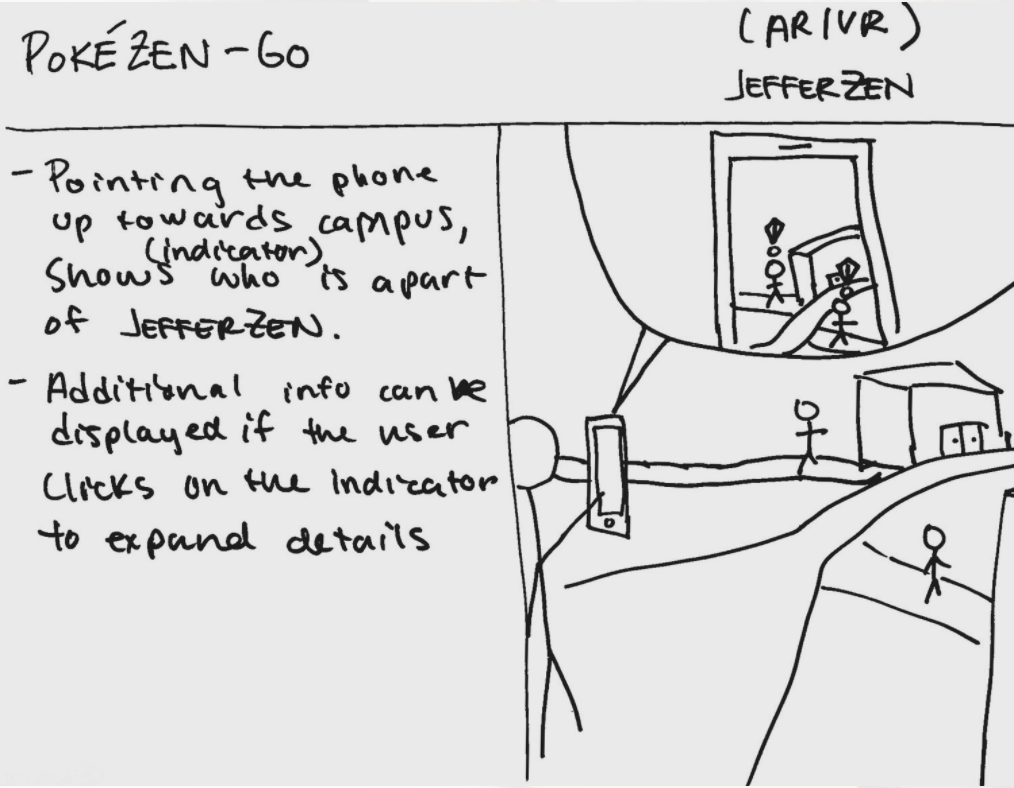
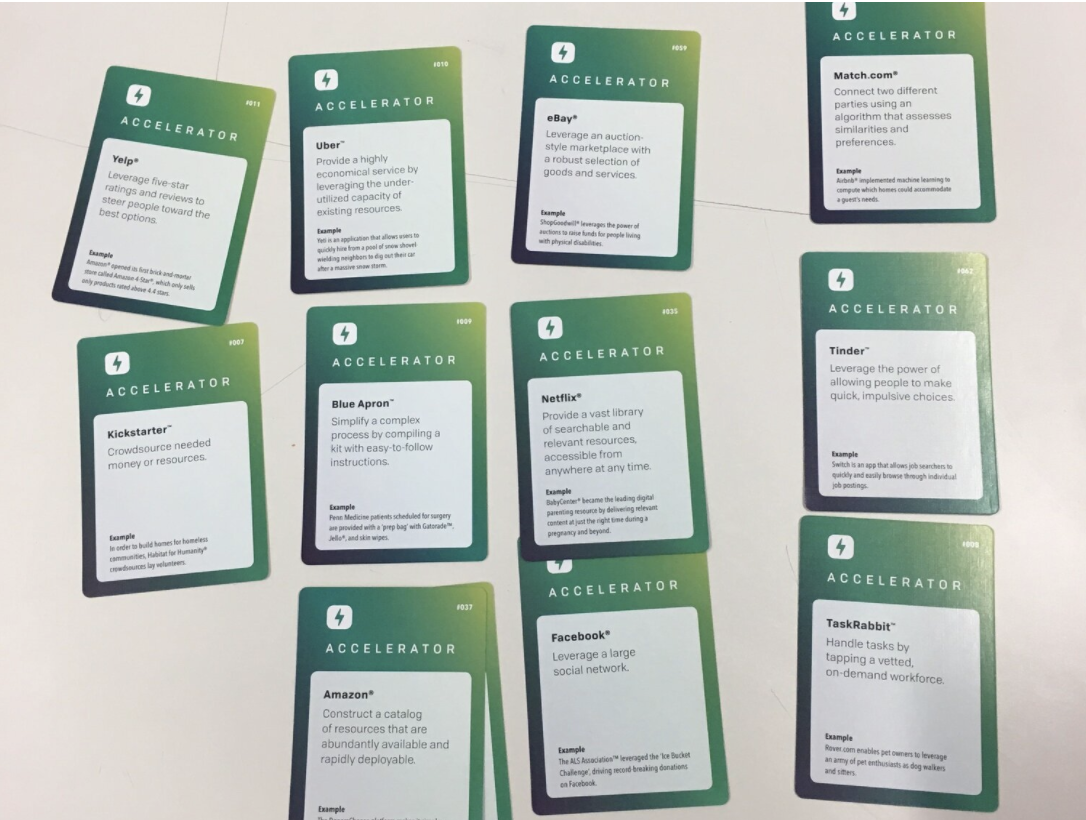
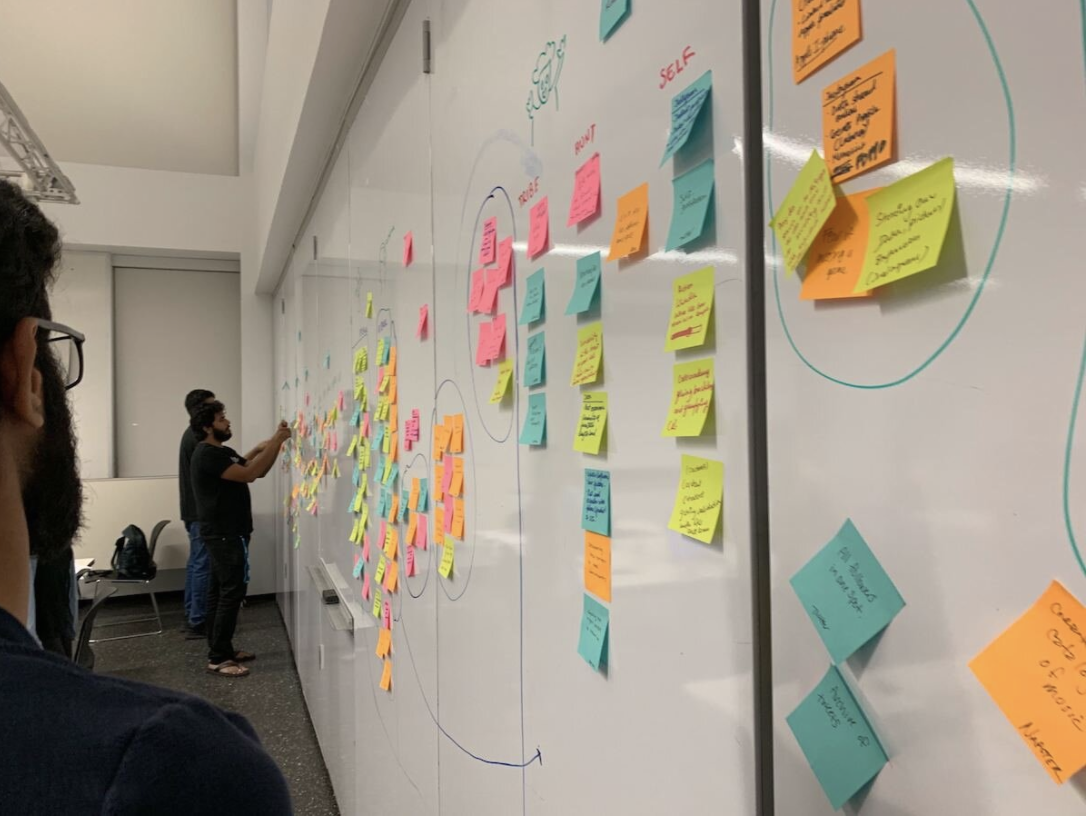
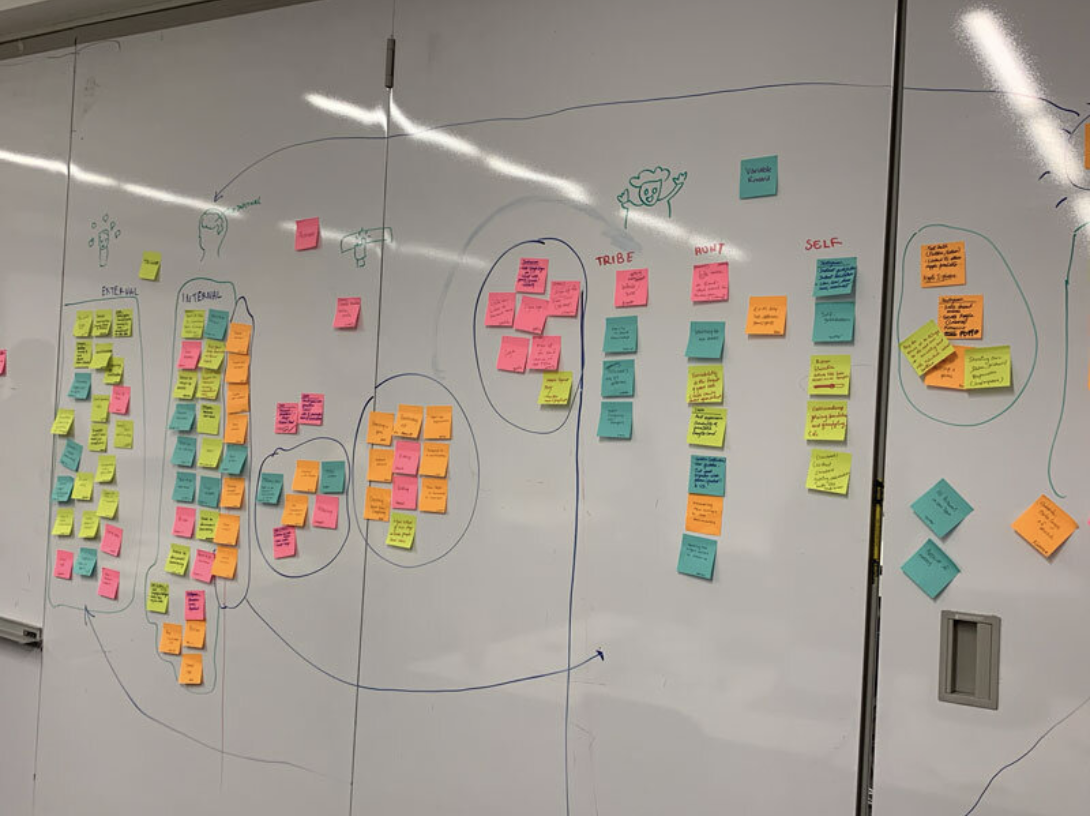
Risky Assumption Matrix:
Next it was time to hash out some of the assumptions that I had going into making this product come to fruition. I would hone in on the assumptions that were most critical in the product being something of actual use and desire to users. The 3 riskiest assumptions, turned out to be:
- Students will see the value in meditating daily
- Students will want to be a part of a larger meditation community
- Students will use the product even if they might be novices
Using these riskiest assumptions as my compass I would look to move forward in my endeavor.

Paper Prototyping:
By making a rudimentary version of the AR Meditation product, I was able to imagine further how things would work logistically. All I had to use for this crude prototype would be index cards, construction paper, sticky notes popsicle sticks and a rubber band. The idea was not to make something pretty but to be able to communicate the features and the ideas needed to make this concept a reality. This was definitely a challenge to prototype tech in this way but it was eye opening to see what could be done on a shoe-string budget.
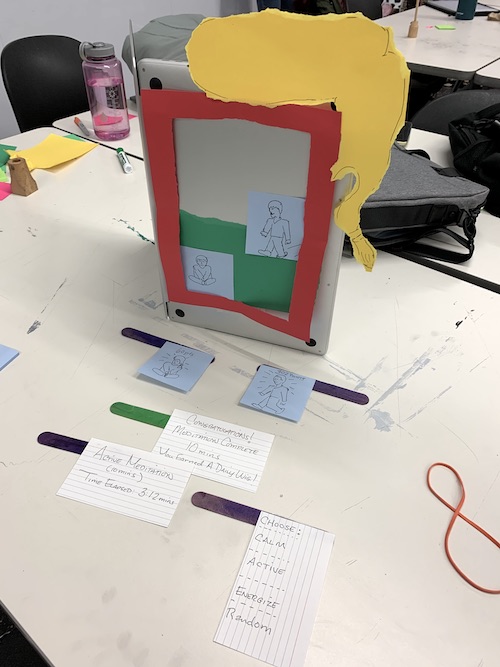
Ideation using Storyboarding:
In order to start making the concept a step closer to reality it was necessary to start fleshing out how the product would work and how users would interact together using Augmented Reality meditation product. I imagined something that would incentivize students to reach a daily meditation goal by tracking others and how a community of meditators would be motivated by each others progress. Initially I was branding with with an idea that a user that met their minimum meditation goal of 10 minutes would earn a powdered wig like Thomas Jefferson himself. These fellow students who comprised the larger mediation community would be know to each other as “Zenners”. This community could be unveiled through the AR feature seen through the smartphone when activating the feature with a voice command while holding it up to view the campus environment. The user could say “Hey Siri, or Hey Google, show me fellow Zenners” to see each other’s statuses. Also visible would be an “aura” that would glow if students were conducting a meditation at that moment.
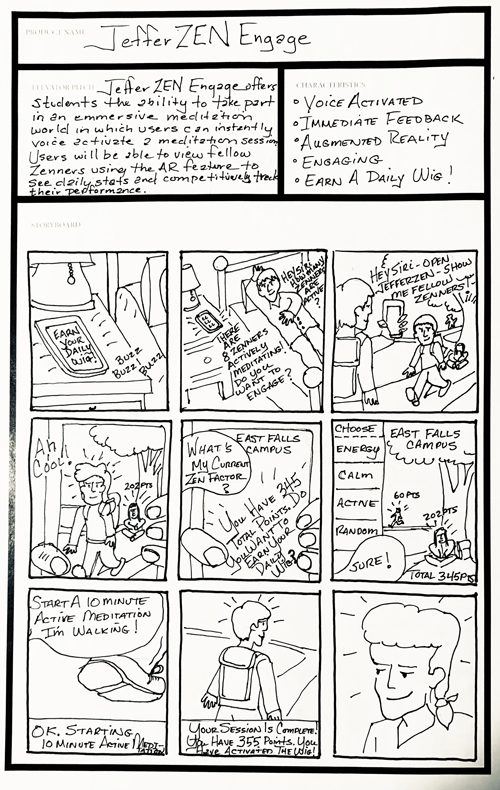
The Right It Concepts At Work:
Using the book "The Right It" as a guide, I was able to plan out my strategy to get real and measured results using "Pretotyping". These concepts are made to put your ideas and concepts to the test in a cheap, quick and realistic way.
This new way of doing things is supposed to get at raw market feedback using in some cases very low-tech testing methods thus avoiding having to spend alot of time and money on prototyping and developing a product only to find out that the market is not interested in the least.
How would the concept be received? Would there be any interest in a meditation app that was built for the Thomas Jefferson student body?
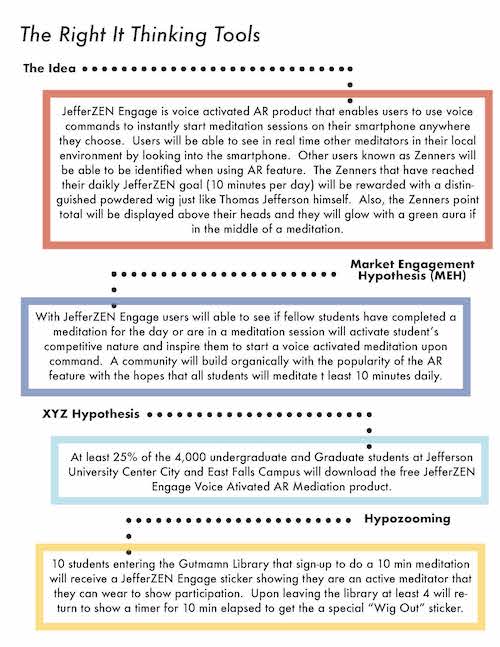
Approaching The Marketplace:
After fleshing out the product, now would be the true task of testing the marketplace. A large poster was created to pitch the concept and to bring audience to this idea. Here we can see that along with augmented reality and voice activation, a familiar tool in a leaderboard and milestone rewards would further incentivize students. The AR feature would provide instant feedback by telling which students were meeting their daily meditation goal of 10 minutes daily. Now instead of a wig the user would earn a mandala which would hover over the head when viewed with AR. A QR code was provided to give interested students the ability to go to a mobile website where a short demo would further illustrate the concept.
How would the concept be received? Would there be any interest in a meditation app that was built for Thomas Jefferson student body?
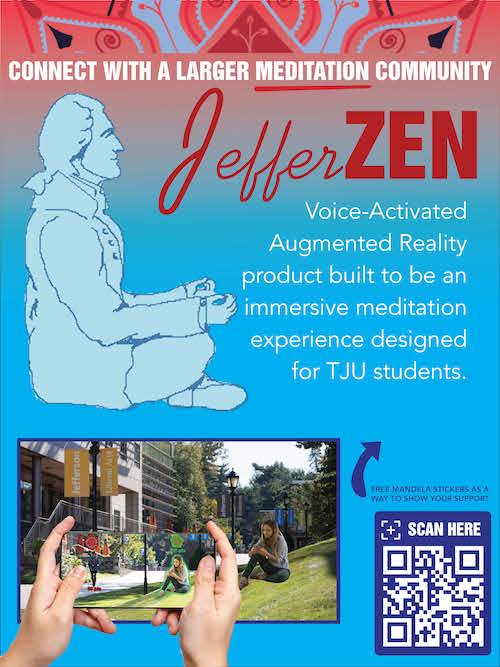
The Facade:
Using the "Right It" concept of the "Facade" - a poster illustrating the product (does not exist yet!) of JefferZen Engage was hung in a few key places around campus to guage if the market was interested in such a product.
A QR code on the poster when scanned would take the interested student to a mobile website where they could enter a quick YES or No as data into form inquiring if they would want to be notified when the product hit the market. Also laptop stickers where placed in a receptacle attached to the poster that included a QR code attached to each sticker in case someone didn't have time to scan the poster.
How would the concept be received? Would there be any interest in a meditation app that was built for Thomas Jefferson student body?
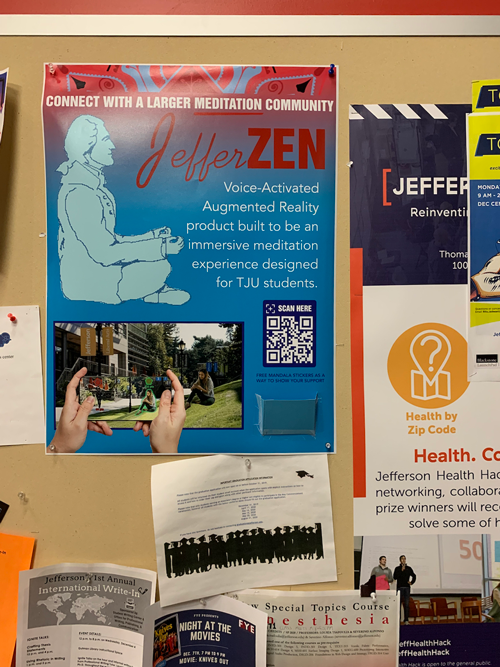
The Fake Door:
According to Google’s chief agitator - Alberto Savoia’s book "The Right It", I employed the concept referred to as the "Pinocchio / Relabel" by constructing a mobile website to act as a mobile application. The mobile website hosted a quick demonstration so students at Thomas Jefferson who scanned the QR code could see how the product would function. A quick and dirty YouTube video diplayed how each JefferZenner would be indentified through Augmented Reality with a mandala hovering over their heads.
Augmented Reality would show indicators if Zenners completed their daily meditation and what their overall score was registered as. By using a small amount of competition, Zenners would be futher incentivized to complete a daily meditation.
The mobile website explains that the product is in production and asks the visitor if they want to recieve a product release notificaton. The webform asks for "Skin in the Game" or some hightly valuable contact information including name, email address and an optional phone number.
The resulting contact data gathered through the mobile form is a true and valid indicator of market engagement and can give a quick reading if there is interest in the marketplace.
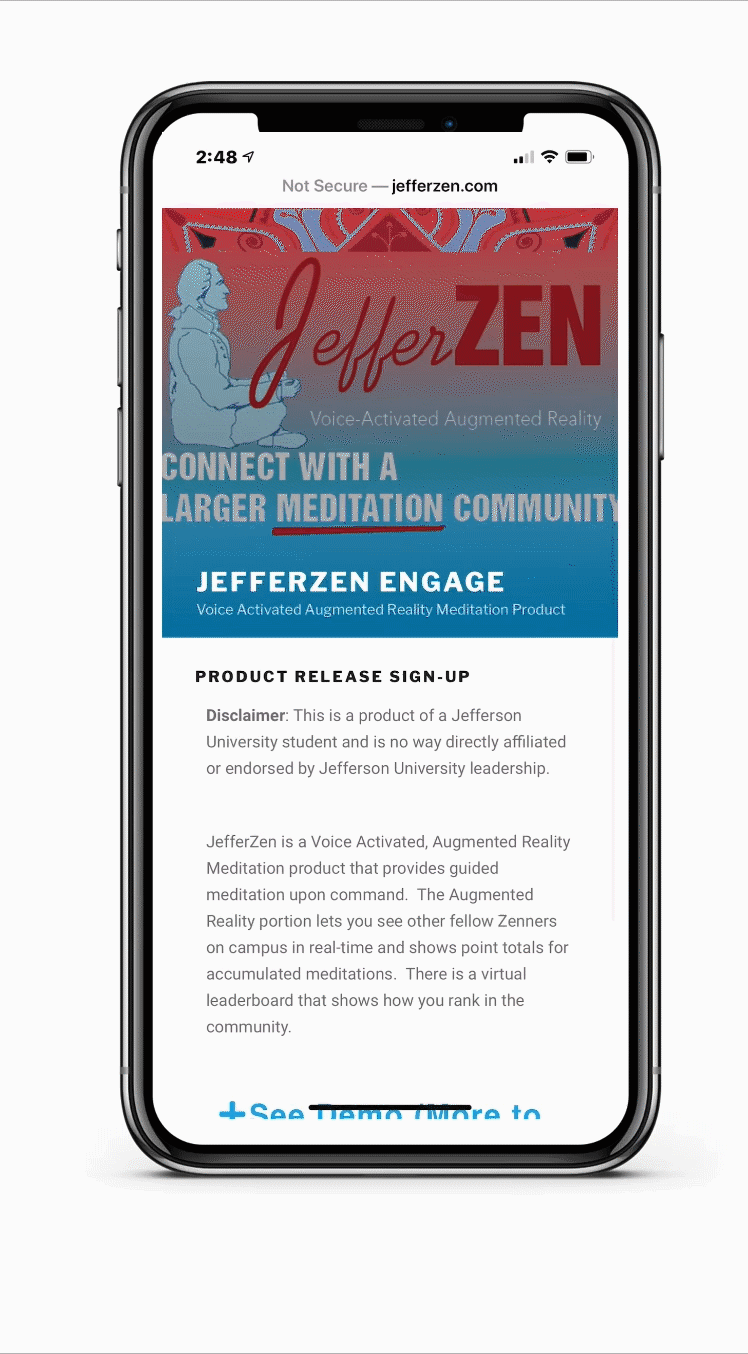
Skin In The Game:
So how to tell if you had a product that is of interest? Get skin in the game. What is skin in the game - well according to Alberto Savoia’s author of The Right It, this is when you can get important or usually closely guarded information or data from potential users. In this case getting an email address is a solid result and even better with phone numbers for obvious reasons. I was able to look at the metrics of the Youtube video that demoed the way the product worked - this showed that 19 people visited the demo. The webform was able to gather 7 emails and 7 phone numbers with 3 “not interested” responses.
According to this 3 out of 11 students were interested in the product - a 42% interested response rate! (with about 8 people that viewed the demo but didn’t fill out the form.)
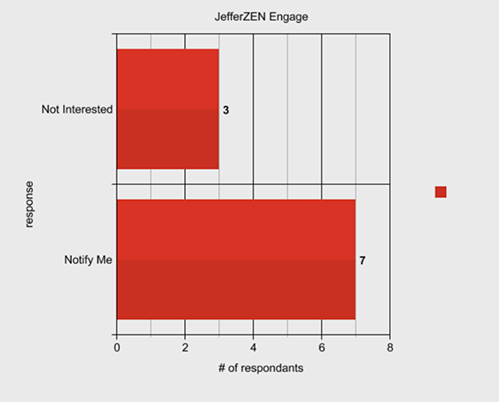
Market Interest:
At least 42% of the people who visited the demo on the website wanted to be notified when the product was officially introduced to the market.